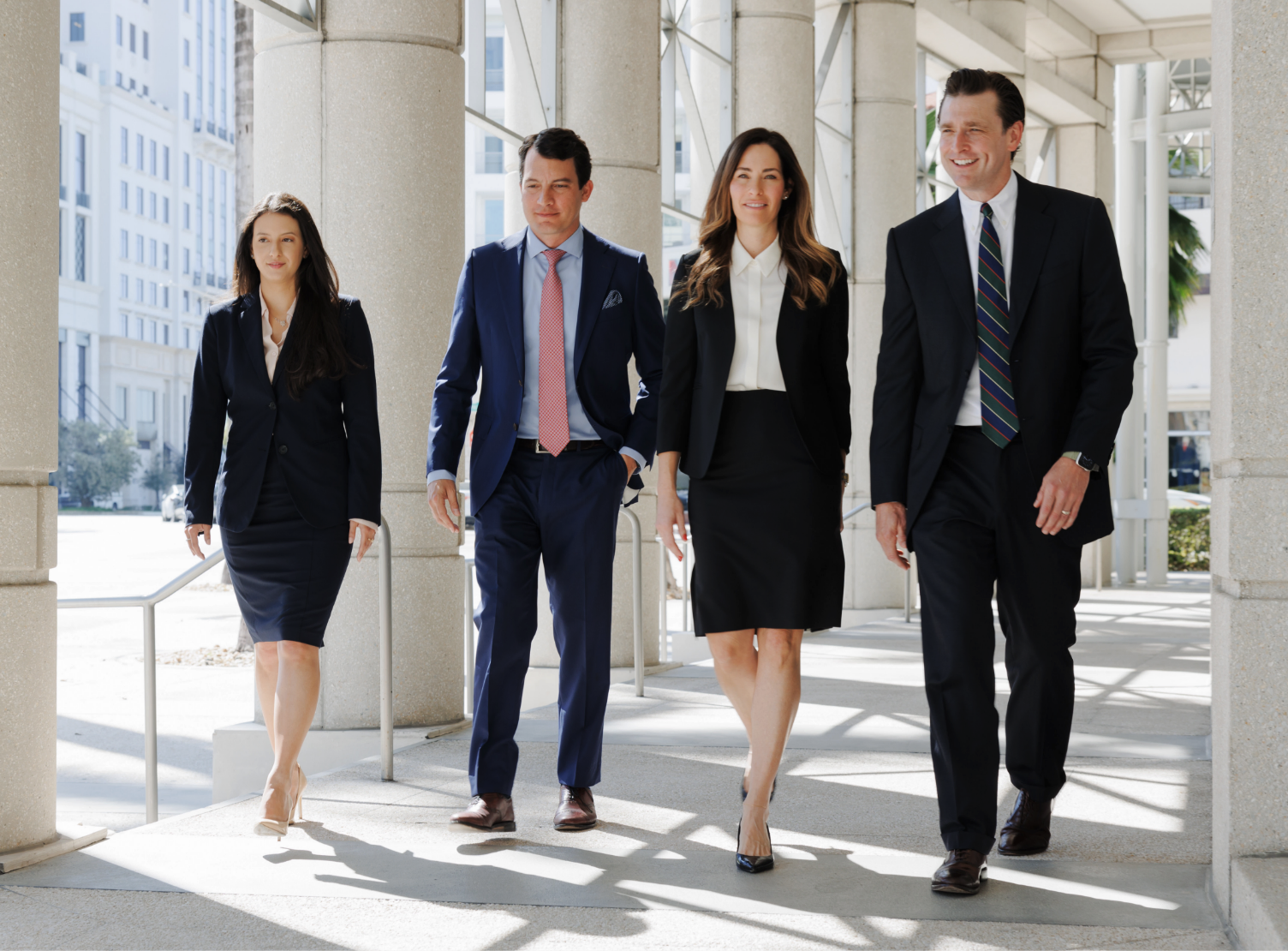You may remember the concept of “intervening cause” from your law school torts class. The idea is that, in certain cases, a negligent actor may get let off the liability hook if some distinct force or action is the sole proximate cause of the victim’s injury.
A recently published opinion from the Fourth District Court of Appeal—Serrano v. Dickinson, No. 4D22-742, 2023 WL 3985021, at *2 (Fla. 4th DCA 2023)—again illustrates that it will be the rare case when an intervening cause can save a negligent actor from liability.
Serrano involved a classic intervening cause fact pattern—a car pileup on an interstate. Driver A lost control of her car, colliding with a median barrier and coming to rest in the middle of the highway. Driver B slowed down to avoid crashing into Driver A. Driver C also slowed down to avoid crashing into Driver A. But Driver D, unable to slow in time, plowed into Driver C’s car, the collision ultimately injuring Driver B.
Driver A was sued. Driver A moved for summary judgment, arguing that, even if her original negligent driving had set off the chain of events that injured Driver B, an “intervening cause”—Driver D’s negligence—relieved her of liability. The trial court agreed, granting summary judgment for Driver A.
The Fourth District Court of Appeal reversed. Citing “well-established” case law concerning similar fact patterns, the court explained that the ultimate inquiry when evaluating any “intervening cause” fact pattern is foreseeability. And, in the court’s view, it was foreseeable that Driver A’s negligent conduct would lead to the precise type of accident that occurred. As the Court explained:
On an expressway or interstate highway, with no stop lights or stop signs and the potential for highway hypnosis, a driver’s inattention can arise from a multitude of causes, including using a cell phone, changing radio stations, falling asleep, or dealing with children fighting in the backseat.
Because such inattention is a foreseeable cause of a collision with a stopped vehicle on an expressway, the law permits the conclusion that Driver A’s conduct set in motion a chain of events resulting in injury to the plaintiff.
When evaluating any negligence case, it’s important that a lawyer consider all parties who may share responsibility for her client’s injury. And, critically, to educate a court that it’s the rare circumstance where a negligent defendant can point to some other defendant’s negligence to get off the liability hook.
